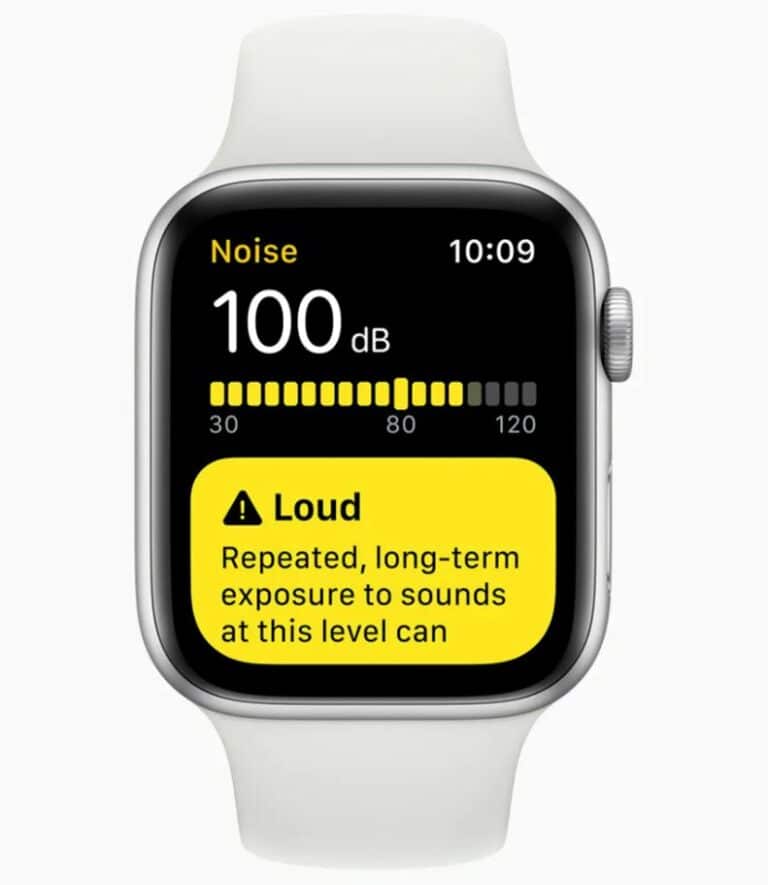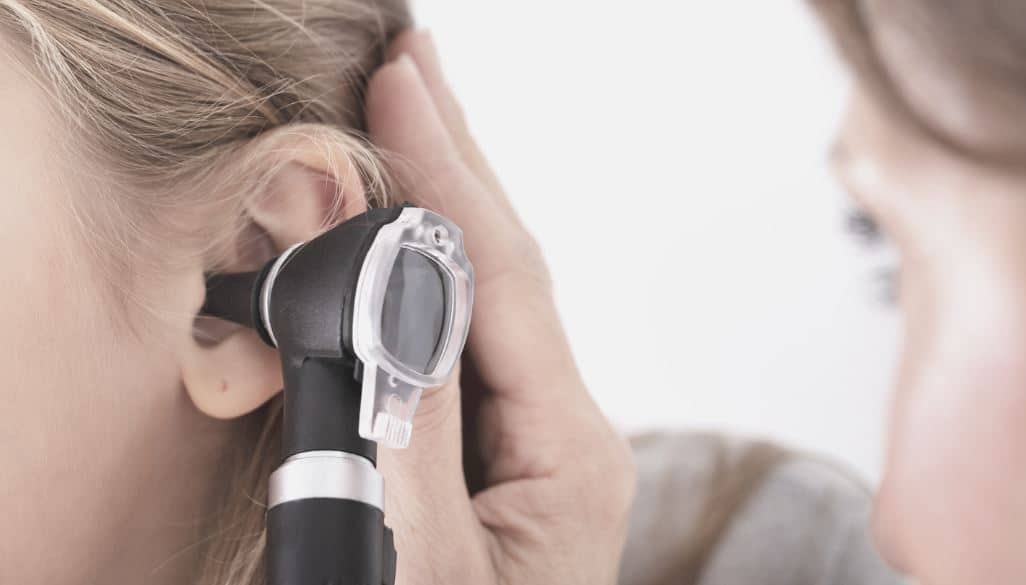By Brian Taylor, AuD, Editor-at-Large

It is recognized that untreated hearing loss negatively affects quality of life, and is often linked to depression, social isolation and cognitive decline. More recently, it has emerged that the consequences of untreated hearing loss develop in individuals with normal audiograms.
Building on their previous work linking subclinical hearing loss to both depression and cognitive decline, investigators at Columbia University Irving Medical Center followed a group of 2,110 adults over a mean follow-up period of 9.1 years.
Their longitudinal study evaluated cognitive performance and hearing threshold using standard pure tone audiometry. Their study was published in the journal Frontiers in Aging Neuroscience in March.
Results of their longitudinal analysis showed that worse hearing was associated with significantly steeper cognitive decline as measured on two tests of neurocognitive performance. Their results suggest the linkage between hearing loss and cognitive decline may begin when an individual’s audiogram is still in the normal range, indicating that even minimal declines in hearing have several serious, wide-ranging effects.
Relationship Between Hearing Loss and Health Outcomes
Given the mounting evidence of a relationship between hearing loss and several health-related outcomes, another study, this one published in March at the Journal of the Acoustical Society of America, is eye-opening.
As part of their on-going Apple Hearing Study, Rick Neitzel of the University of Michigan and colleagues, using the Apple Watch as a dosimeter, collected environmental sound levels and cardiovascular metrics from thousands of consenting adults. Results show that a sizeable fraction of the day – about one-third — involve exposure to environmental sound levels exceeding the World Health Organization’s (WHO) recommended limit of 70 dBA, continuously averaged over a 24-hour period.

Further, the investigators found that around 10% of Apple Watch usage involved exposure to headphone audio levels that exceed WHO’s music-specific recommended exposure limit of 75 dBA, equivalent to an 8-hour exposure of 80 dBA.
It is believed that the Apple Hearing Study is the largest-ever datasets on human exposure to environmental sounds and represents how potentially harmful levels of environmental sounds and the effects that sound could have on cardiovascular health can be monitored both longitudinally and in real time.
For hearing care professionals, both studies cited here demonstrate how clinical surveillance of the individual can be used to monitor hearing and improve overall health. Watch this space as we learn more from the on-going Apple Hearing Study, clinical surveillance and the value of interventional audiology.







